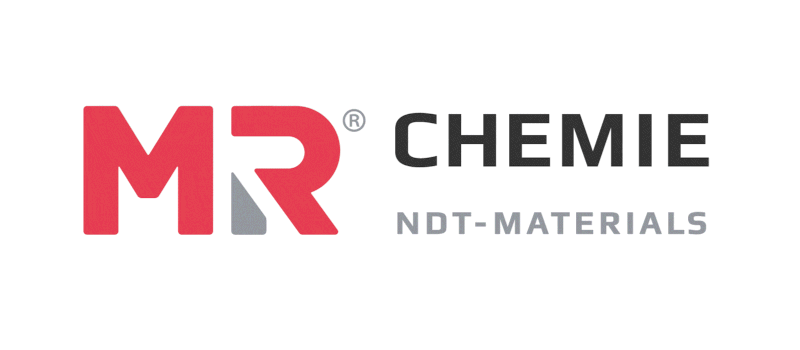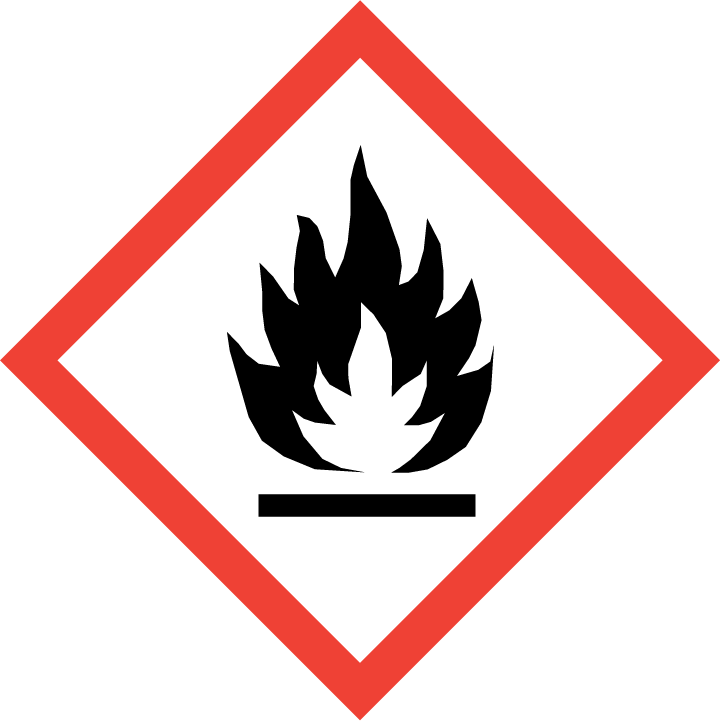

MR®70H is a bright white, matte finish, non-halogenated, non-aqueous developer used to enhance the visibility of surface-breaking defects or discontinuities by producing an opaque coating during dye-penetrant inspection for high temperature applications upto 200°C.
| SKU | Pack Size | Case Size |
|---|---|---|
| 2511-0161 | Aerosol 400ml | 10 |
| Properties | Appearance – white liquid Chemical Composition – mixture of pigments in volatile non-halogenated solvents Basis – solvent Odour – characteristic |
| Approvals | ASME Code V; Art. 6 DIN EN ISO 3452-2 DIN EN ISO 3452-5 ASTM E165 RCC-M ASME |
| Recommended Usage | NDT Method – Dye Penetrant Testing for high temperature Form – e (EN ISO 3452-2 EN ISO 3452-5) Compatibility – high temperature penetrant system Area Coverage ~ 5 sq m (400ml nett Aerosol can) Usage Temperature – 122°F to 392°F / +50 °C to +200 °C Storage Temperature – 41°F to 113°F / +5 °C to +45 °C |
| Reference Test Blocks | Reference test block type 1 (Ni-Cr panel – 20µm 30µm & 50µm) Reference test block type 2 (5-star panel) ASTM test block (Aluminium comparator block) |
In non-destructive testing (NDT), a developer is a material that is used to enhance the visibility of surface-breaking defects or discontinuities. The developer is typically applied after a penetrant material has been applied to the surface of the material being inspected. The penetrant material will enter any surface-breaking defects or discontinuities (capillary action) and remain in the surface-breaking defects or discontinuities after the excess penetrant has been removed. The developer is then applied to the surface of the material, and it works by drawing the penetrant material out of any discontinuities or defects on the surface (reverse capillary mechanism). The developer forms a coating on the surface of the material, and it absorbs the penetrant material, which causes it to migrate to the surface and form a visible indication
| Bulk | Aerosol |
|---|---|
  |